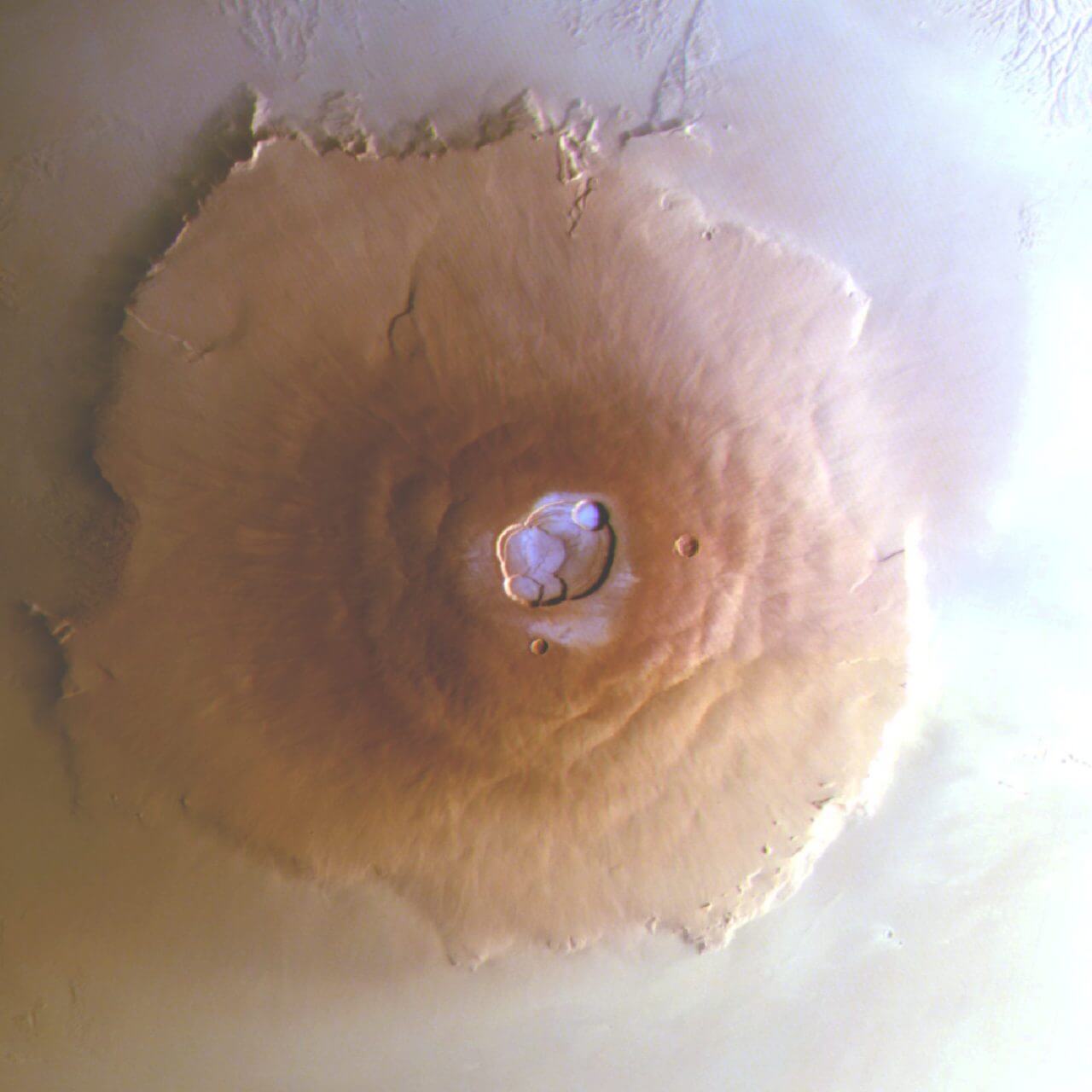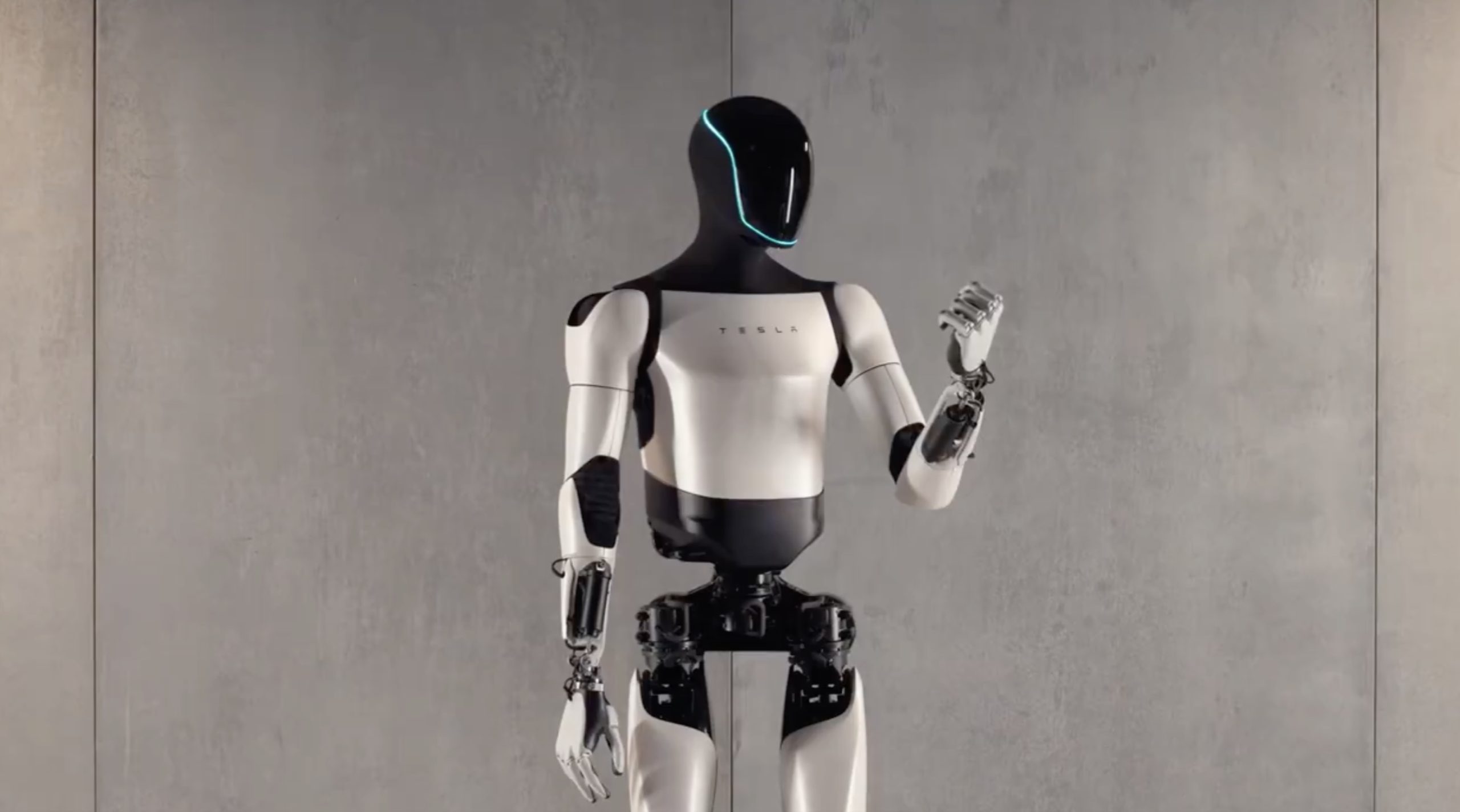Using synchrotron radiation to watch battery charging at the molecular level – that's what researchers from the Karlsruhe Institute of Technology and the University of Münster want to do with the new Naxpax measuring instrument at the Karlsruhe Research Accelerator.
New instrument Napxas: Researchers insert the beam into a measuring chamber to make test measurements. (Photo: Amadeus Bramzepe/KATE)
Synchrotron radiation is electromagnetic radiation emitted by particle accelerators, for example in the form of soft X-rays, which provides insight into the internal structure and functions of materials. To research electrochemical storage of energy transfer Soft X-rays (with wavelengths between one and two nanometers) are ideal, but have so far only been used to a limited extent. The battery material had to be painstakingly extracted under protective gas, dried, affixed to appropriate sample holders, and transferred to the vacuum of the measuring chamber – without air or moisture contamination. In order to examine entire charging cycles, these work steps had to be performed on hundreds of differently prepared batteries.
This is now set to change with the new measurement instrument Napxas (ambient near pressure X-ray absorption spectroscopy), set up at IQMT's Wera soft Using Napxas, energy conversion and aging processes in energy storage systems can be examined spectroscopically under chemical conditions Normal humidity, during the operation of the energy storage system.
Deep insights into warehousing operations
Napxas will initially be used in the LimLi (Limitations in Li-ion Batteries) research project at the University of Münster. Researchers want to understand what limits the energy storage capacity of lithium-ion batteries at the atomic level in order to overcome these limits. By combining theoretical and innovative experimental approaches, you will gain unique insights into energy storage processes. The goal is to develop more efficient energy storage and converters by systematically changing the active centers in battery materials.
The new measuring device is being improved in the current testing phase. The synchrotron radiation required for the measurements is provided by KARA, which is operated as an accelerator test facility and as a KIT light source by the Institute for Accelerator Physics and Technology. Once this testing phase is completed, researchers around the world will be able to use Wera's new Napxas measurement instrument via the Karlsruhe Nano Micro facility, a high-tech platform for research into functional materials at the micro- and nano-scales. The Federal Ministry of Education and Research provides material resources to Napxas through the LimLi research project.
Main topic: e-mobility

(Image: Adobe Stock, Hotheg)
The theme “E-Mobility” is about the technologies used in electric and hybrid vehicles and charging stations: from semiconductors to power electronics to e-hubs, from batteries to safety to lightweight materials and construction as well as testing and infrastructure. Find out more here.
Would you like to read more?

“Certified tv guru. Reader. Professional writer. Avid introvert. Extreme pop culture buff.”







More Stories
Discover unbeatable savings on cutting-edge technology.
New Fiat Grande Panda: Iconic design and future-oriented technology | Fiat
Nora, archeology, and technology make the site increasingly accessible and comprehensive